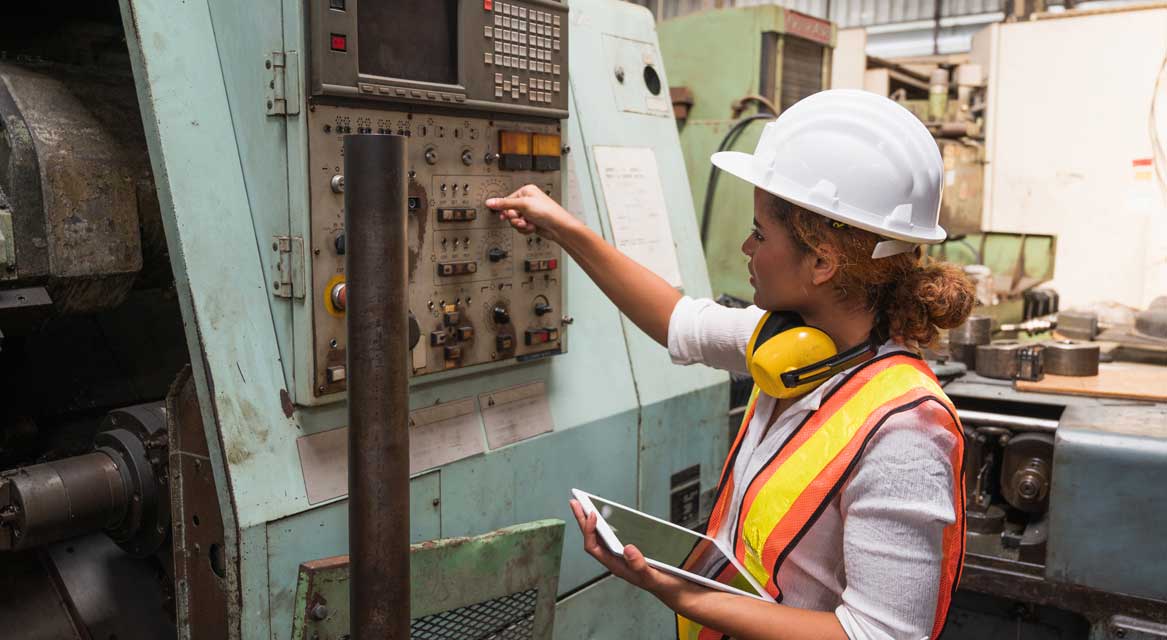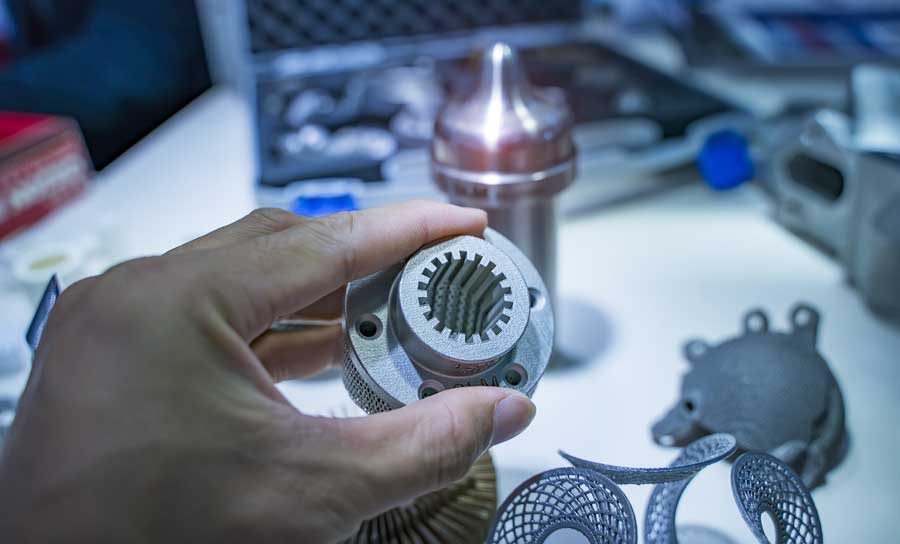What Is an Industrial Digital Twin? Complete Guide 2025
The industrial digital twin has become a cornerstone of digital transformation in manufacturing. This technology, combining simulation, real-time data, and artificial intelligence, is reshaping equipment management, production lines, and logistics. This complete 2025 guide explains in detail how it works, its concrete applications, operational benefits, and why it should be a key part of your industrial strategy.

What Is an Industrial Digital Twin?
Definition and Origins
A digital twin (also called a virtual twin or digital replica) is a dynamic virtual representation of an object, piece of equipment, or industrial process. Unlike a simple 3D model, it is continuously fed with sensor data, enabling simulation, monitoring, and optimization of the real asset’s behavior.
- Born from NASA’s space research, it became central in Industry 4.0 to manage complex systems.
- Today, digital twins are used in manufacturing, aerospace, energy, automotive, and logistics.
- They accelerate industrial digitalization by providing real-time and predictive insights on equipment.
How an Industrial Digital Twin Works
An industrial digital twin relies on the integration of multiple advanced technologies:
- IoT sensors: capture temperature, vibration, pressure, wear, etc. on machines or production lines.
- Intelligent 3D modeling: creation of an enriched virtual model from CAD files (STL, STEP, 3MF…).
- Real-time analytics: processing data to detect anomalies, predict failures, or adjust production parameters.
- Simulation and predictive scenarios: test modifications, validate new configurations, and optimize maintenance.
- Human–machine interaction: accessible via web or mobile interfaces for remote monitoring, diagnosis, and performance improvements.
This connected and evolving approach makes the digital twin a strategic tool for industrial lifecycle management.
Differences Between a Digital Twin and Standard 3D Modeling
It is important to distinguish a digital twin from a simple 3D model:
- 3D modeling is static and only reflects the object’s geometry, without real-world conditions.
- The industrial digital twin is dynamic, connected to usage data, and evolves with its environment.
- It enables continuous optimization: predictive maintenance, traceability, quality management, and real-time adaptation.
The digital twin therefore delivers far greater value than simple 3D visualization.
Concrete Applications of Digital Twins in Industry
Predictive Maintenance and MRO Optimization
The industrial digital twin is transforming predictive maintenance (MRO – Maintenance, Repair & Overhaul), enabling failure anticipation and drastic cost reduction:
- Real-time monitoring of equipment health through sensor data analysis.
- Smart scheduling of interventions based on actual wear and usage cycles.
- Reduced unplanned downtime and lower spare parts consumption.
Example: A machine tool manufacturer reduced line stoppages by 40% through early detection of spindle wear, optimizing maintenance and improving equipment availability.

Production Optimization and Quality Improvement
Industrial companies use digital twins to:
- Simulate production parameters before deployment on the physical line (new materials, cycle time changes).
- Identify bottlenecks and test improvements without disrupting operations.
- Improve product quality by monitoring process data in real time and automatically adjusting settings.
Use case: In automotive, a Tier 1 supplier increased compliance rates by 15% by continuously adjusting welding parameters through a digital twin, significantly reducing scrap.
On-Demand Manufacturing and Digital Inventory
With SaaS solutions like GhostMatter, the industrial digital twin becomes a lever for on-demand manufacturing and smart inventory management:
- Conversion of parts into secure digital stock (STL, STEP, 3MF), accessible anytime.
- Elimination of physical inventory: production triggered on demand at the nearest compliant site.
- Reduced logistics footprint and lead times (up to –75% shorter).
- Smarter handling of small-series and long-tail spare parts, with no overstock or obsolescence.
Example: A rail operator cut storage costs by two-thirds by digitizing spare parts, while ensuring full traceability and regulatory compliance.
Why Adopt an Industrial Digital Twin in 2025?
Competitive Advantages and Immediate ROI
Adopting an industrial digital twin in 2025 addresses key industry challenges:
- Reduced TCO (up to –81%) through flow optimization, inventory reduction, and smart maintenance.
- Faster time-to-market: adapt quickly to customer demand, launch new products in weeks.
- Full traceability: lifecycle tracking, ISO/FDA/aerospace compliance.
- Improved customer satisfaction: immediate part availability, consistent quality, reliable delivery times.
Example: A plastics SME achieved 48-hour global delivery by digitizing its supply chain, while cutting logistics costs by 60%.
Sustainability Goals and CSRD Compliance
Sustainability and regulatory compliance are now top priorities:
- Less waste from overproduction and obsolescence thanks to on-demand manufacturing.
- Scope 3 reduction and lower CO2 emissions through local manufacturing and optimized logistics.
- Resource efficiency through precise planning and usage-based maintenance.
- Automated reporting for ESG and CSRD compliance, with reliable KPIs.
Case study: An energy company reduced logistics-related carbon emissions by 30% by switching to digital inventory and decentralized production.
Simplified Deployment Through SaaS
SaaS platforms like GhostMatter accelerate adoption of industrial digital twins across enterprises, including SMEs and mid-caps:
- Modular architecture: start with archiving, then expand to traceability, real-time QA, and ERP/PLM integration.
- Multi-material compatibility: plastics, metals, resins, ceramics.
- Maximum security: SSL A+ encryption, hosting on redundant French servers, fully auditable.
- Flexible model: freemium entry, scalable subscriptions, no re-implementation required.
- Interoperability: open APIs, standard connectors, seamless integration with existing IT.
Example: An aerospace subcontractor integrated GhostMatter without disrupting its ERP, securing data while deploying digital twins across all critical references.
Conclusion
The industrial digital twin is no longer just an innovation: it is redefining production, maintenance, and supply chain standards. By cutting costs, boosting agility, and ensuring traceability, it is becoming the cornerstone of the future of industry.
To meet competitiveness, sustainability, and compliance challenges, explore the potential of SaaS platforms like GhostMatter. The industrial digital twin is the key to building a smarter, greener, and more profitable industry.




